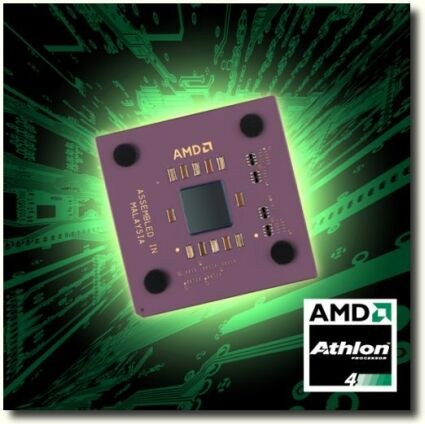The First Palomino: AMD Releases Mobile Athlon 4
Introduction
It is more than 11 months ago when AMD launched its first Athlon processor for SocketA with the code name 'Thunderbird'. Thunderbird's implementation of 'on-die second level cache' had made it possible to move from the previous SlotA processor cartridge design of the first (0.25 micron K7) and second-generation (0.18 micron K7) Athlon processors with external L2-cache modules to the smaller and easier to handle socket-version that we are used to today. AMD's Athlon with the 'Thunderbird'-core had been an immediate success and this processor has not lost any of its attraction to the majority of people who want to get the best and most honest performance for their money.
However, Intel has not been asleep in the last 12 months either. While Intel's Pentium III processor was finally forced to give up the competition against the better performing Athlon, November 2000 saw the release of Intel's new-generation Pentium 4 processor , which was and still is targeted to beat AMD's bestseller. Right now, Pentium 4 has serious difficulties to outperform AMD's Athlon processor in today's software, but Intel is pushing, trying to win customers with Pentium 4 at high clock speeds and at relatively low prices. New software that is optimized for Pentium 4 is already showing the respectable potential of Intel's current flagship-CPU. Times for 'Thunderbird' are getting harder.
It is about time that AMD pulls a new ace out of its sleeve to remain ahead of Intel as good as it can. The new 'Palomino' core is supposed to keep Pentium 4 at arm's length for the next six months.
Get Tom's Hardware's best news and in-depth reviews, straight to your inbox.
Current page: Introduction
Next Page The First Palomino - For Notebooks Only!